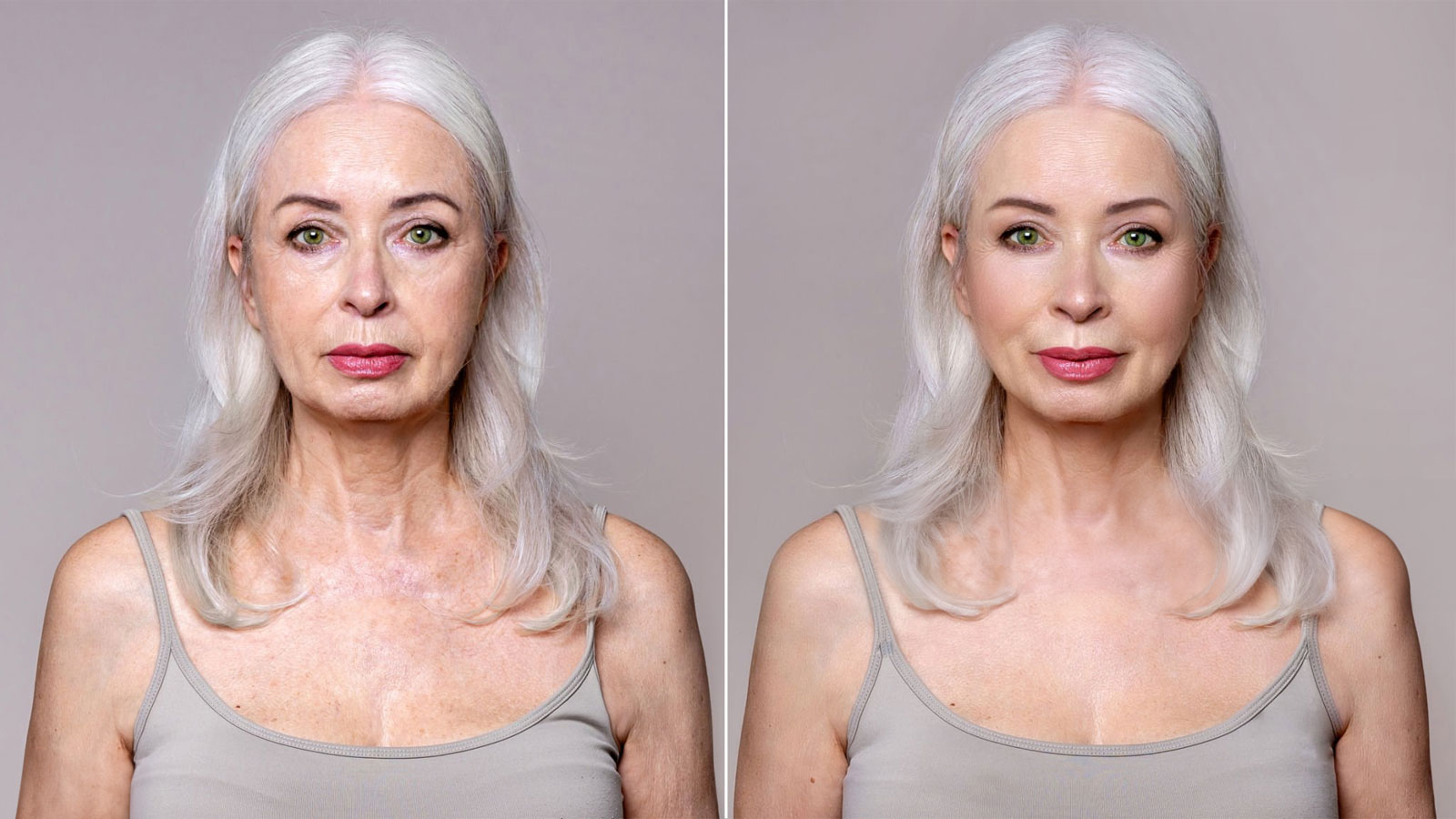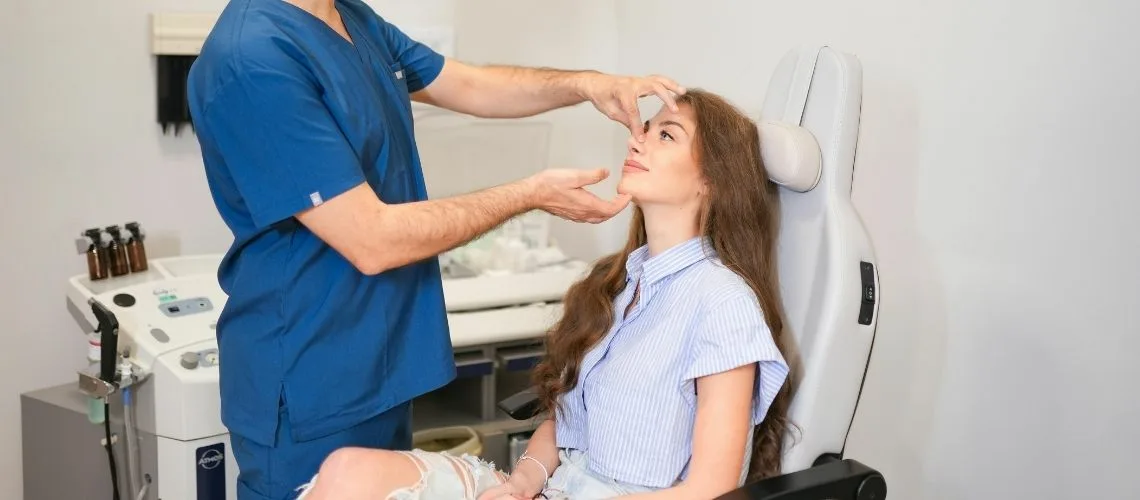In the United States, liposuction prices depend on the number of treatment areas, technique used (e.g. tumescent, laser-assisted, VASER), and surgeon expertise. With doubled pricing, the average cost ranges from $8,000 to $16,000 USD, especially in metropolitan areas like Los Angeles, New York, and Dallas. The price can increase further when multiple zones (abdomen, thighs, flanks) are targeted in a single session or when advanced body sculpting technology is used.
In the United Kingdom, liposuction performed privately can range between £7,000 and £12,000, depending on the area treated and whether general or local anesthesia is required. Clinics in London, Manchester, and Birmingham often offer package pricing for combined zones (e.g., arms + stomach). Since liposuction is considered cosmetic, it is not covered by the NHS unless there’s a functional or medical indication, which is very rare.
In Australia, liposuction costs range between AUD 10,000 and AUD 20,000, with prices increasing if the procedure is combined with skin tightening or done under general anesthesia. Sydney, Melbourne, and Brisbane have reputable clinics offering various techniques including LipoSculpture and HD liposuction. In Canada, the cost typically falls between CAD 9,000 and CAD 18,000, with prices depending on how many areas are treated, and whether the procedure is done in a hospital or private surgical suite. As in other countries, public healthcare does not cover this cosmetic procedure.
Which Methods and Techniques Affect Liposuction Prices?
Liposuction is commonly preferred in the field of aesthetic surgery for body contouring; however, the costs can differ depending on the methods and techniques used. Each technique brings its own set of cost factors, depending on the nature of the procedures performed and the advantages it offers.
Traditional liposuction (Suction-Assisted Liposuction – SAL) generally provides a more affordable option in terms of cost. However, the recovery period may be longer, and there is a higher risk of irregularities in the skin. A more advanced alternative, tumescent liposuction, which uses a local anesthetic solution during the procedure, is considered less painful and safer, though the materials used can increase the overall cost.
Ultrasound-assisted liposuction (UAL) and laser-assisted liposuction (LAL) are advanced techniques that incorporate technological innovations. UAL is particularly effective for fibrous tissues, while LAL supports collagen production, enhancing skin tightness. Both techniques often come with higher price tags due to equipment costs and the need for specialized expertise.
More modern techniques, such as power-assisted liposuction (PAL) and water jet-assisted liposuction (WAL), improve surgical precision, shorten procedure time, and speed up recovery. However, the specialized equipment required for these methods can drive up total costs.
How Do the Number and Size of the Treated Areas Affect Liposuction Costs?
Liposuction reshapes the body’s contours by surgically removing accumulated fat. However, the cost of this procedure depends on various factors, including the number and size of the areas being treated. Each additional area increases the operation time and the level of surgical complexity. For example, liposuction performed solely on the abdominal area will be less expensive than simultaneously treating both the abdomen and thighs. Multiple treatment areas require the surgeon to invest more time and effort.
The size of the area also affects the amount of fat to be removed and, consequently, the duration of the procedure. Larger areas, requiring more fat removal, extend operation times and increase costs. Areas like the abdomen, waist, hips, and thighs demand more surgical attention and expertise. Moreover, more advanced techniques may be necessary in these regions.
The scope of the procedure often dictates the type of anesthesia used. Extensive or multiple-area treatments generally require general anesthesia. Since general anesthesia involves more equipment and medical resources, it is more expensive than local anesthesia.
How Does the Amount of Fat Removed Determine Liposuction Fees?
One of the most important factors affecting liposuction fees is the amount of fat removed. The volume of fatty tissue directly influences the scope, duration, and complexity of the surgical procedure. Removing a larger amount of fat requires the surgeon to work longer and with greater care, making the operation more labor-intensive and increasing costs.
High-volume liposuction procedures are typically performed under general anesthesia, adding another cost factor. Additionally, removing larger amounts of fat may prolong the patient’s hospital stay after the operation, thereby incurring additional expenses.
Large-volume fat removal can also increase the risk of complications. For instance, after more extensive procedures, there may be a higher risk of infection, bleeding, or fluid accumulation. Managing these complications requires closer patient monitoring and additional treatments, which contribute to the overall cost.
Scientific data shows that the amount of fat removed significantly affects both surgical outcomes and metabolic health. For example, high-volume liposuction has been proven to contribute to lower triglyceride levels and improved insulin sensitivity.
How Does the Type of Anesthesia Affect Liposuction Prices?
The type of anesthesia used during liposuction is a critical factor determining both the course of the operation and the overall cost. The anesthesia type is selected based on the size of the treatment area, the patient’s general health, and the surgeon’s preferences. The main anesthesia types include local anesthesia, general anesthesia, and tumescent anesthesia, each with different advantages and cost implications.
Local anesthesia is ideal for smaller, limited areas. It involves numbing the treatment area while the patient remains awake, and the procedure can usually be completed in a shorter time. The main advantage of this method is its lower cost, as it avoids the equipment and inpatient stay required for general anesthesia.
General anesthesia is preferred for more extensive or longer procedures. Under general anesthesia, the patient is fully unconscious and experiences no sensation. However, it necessitates longer working hours for the anesthesiology team and increases the use of operating room equipment. Post-operative observation periods are also longer, translating into higher costs.
Tumescent anesthesia involves the application of local anesthetic solutions over larger areas. It reduces bleeding risks and accelerates recovery times. By reducing or eliminating the need for general anesthesia, tumescent anesthesia can help optimize costs.
How Do the Surgeon’s Experience and the Materials Used Reflect on Liposuction Costs?
One of the most significant factors affecting liposuction costs is the surgeon’s experience and level of expertise. An experienced surgeon, equipped with years of knowledge and skill, achieves high success rates even in more complex and challenging cases. This is crucial for patient safety and satisfactory results. However, surgeons with a high level of experience typically charge higher fees. This reflects not only their expertise but also the consistently successful outcomes they provide.
In addition, the quality of the materials used during liposuction significantly influences the procedure’s cost. Modern techniques today can achieve effective results with less invasive methods. For example, ultrasonic or laser-assisted liposuction methods offer more precise and safer applications compared to traditional techniques. However, the advanced technology and equipment required for these methods can increase the cost. Many patients find the benefits and improved outcomes justify the price difference.
Lastly, factors such as the size of the treatment area, the amount of fat to be removed, and the complexity of the chosen technique all directly affect overall costs. Larger areas and multiple-site treatments increase both the duration and the amount of equipment and materials needed.
Liposuction Cost by Country (€)
| Liposuction Cost by Country (€) | |
| United States | 11,100 – 17,650 |
| United Kingdom | 8,600 – 15,500 |
| Canada | 9,500 – 14,500 |
| Australia | 8,000 – 12,500 |
| Germany | 8,000 – 11,000 |
| France | 8,100 – 9,500 |
| Spain | 8,000 – 11,000 |
| Italy | 8,000 – 11,000 |
| Netherlands | 8,300 – 8,700 |
| Austria | 8,000 – 11,000 |
| Turkey | 4,000 – 5,000 |

Op. Dr. Erman Ak is an internationally experienced specialist known for facial, breast, and body contouring surgeries in the field of aesthetic surgery. With his natural result–oriented surgical philosophy, modern techniques, and artistic vision, he is among the leading names in aesthetic surgery in Türkiye. A graduate of Hacettepe University Faculty of Medicine, Dr. Ak completed his residency at the Istanbul University Çapa Faculty of Medicine, Department of Plastic, Reconstructive and Aesthetic Surgery.
During his training, he received advanced microsurgery education from Prof. Dr. Fu Chan Wei at the Taiwan Chang Gung Memorial Hospital and was awarded the European Aesthetic Plastic Surgery Qualification by the European Board of Plastic Surgery (EBOPRAS). He also conducted advanced studies on facial and breast aesthetics as an ISAPS fellow at the Villa Bella Clinic (Italy) with Prof. Dr. Giovanni and Chiara Botti.
Op. Dr. Erman Ak approaches aesthetic surgery as a personalized art, tailoring each patient’s treatment according to facial proportions, skin structure, and natural aesthetic harmony. His expertise includes deep-plane face and neck lift, lip lift, buccal fat removal (bichectomy), breast augmentation and lifting, abdominoplasty, liposuction, BBL, and mommy makeover. He currently provides safe, natural, and holistic aesthetic treatments using modern techniques in his private clinic in Istanbul.









